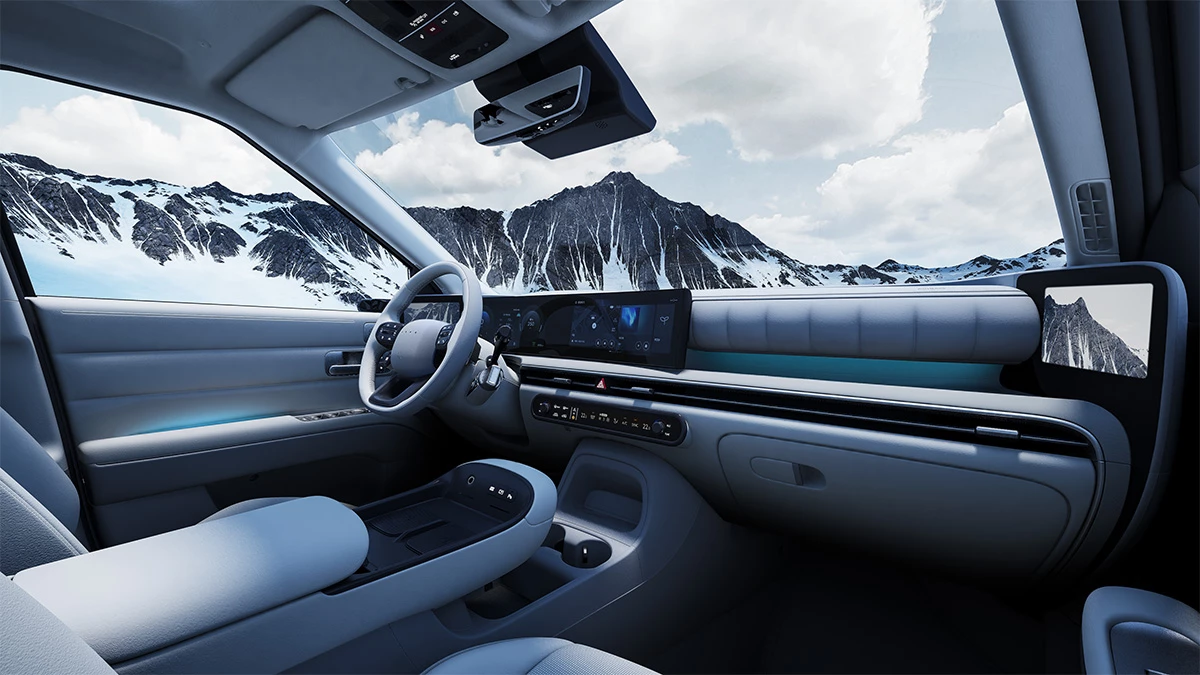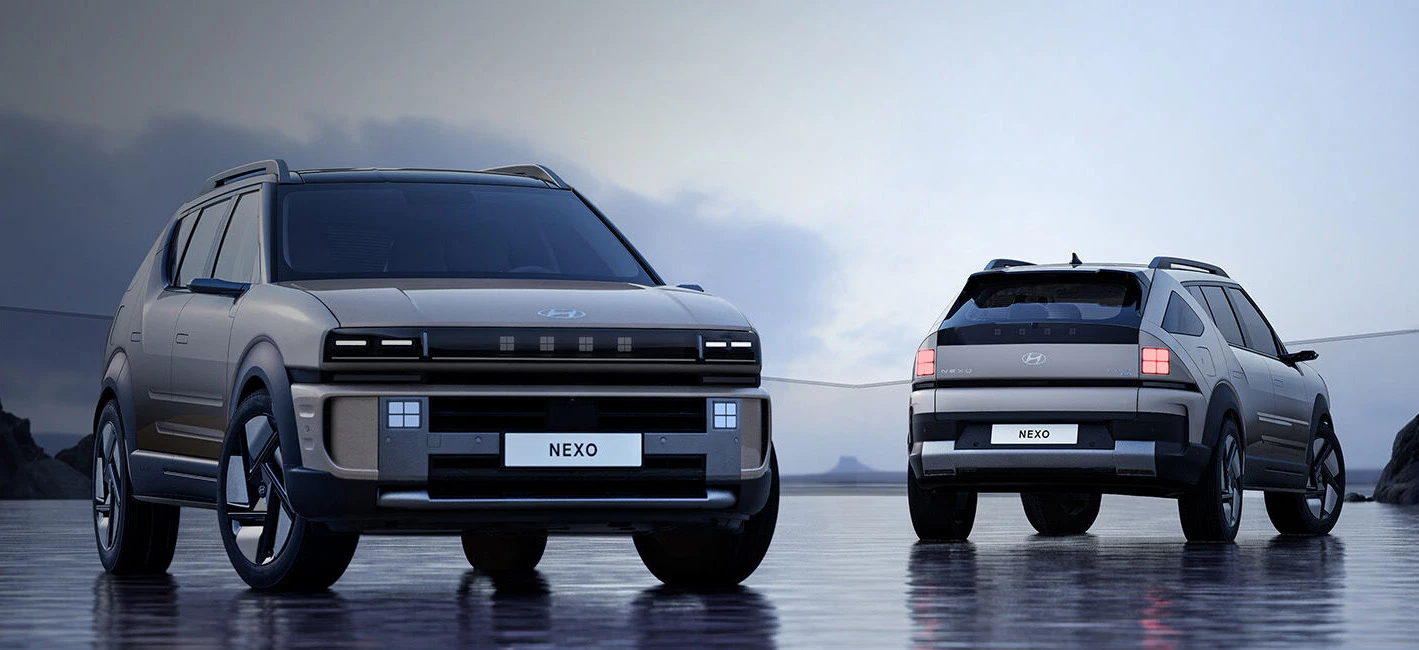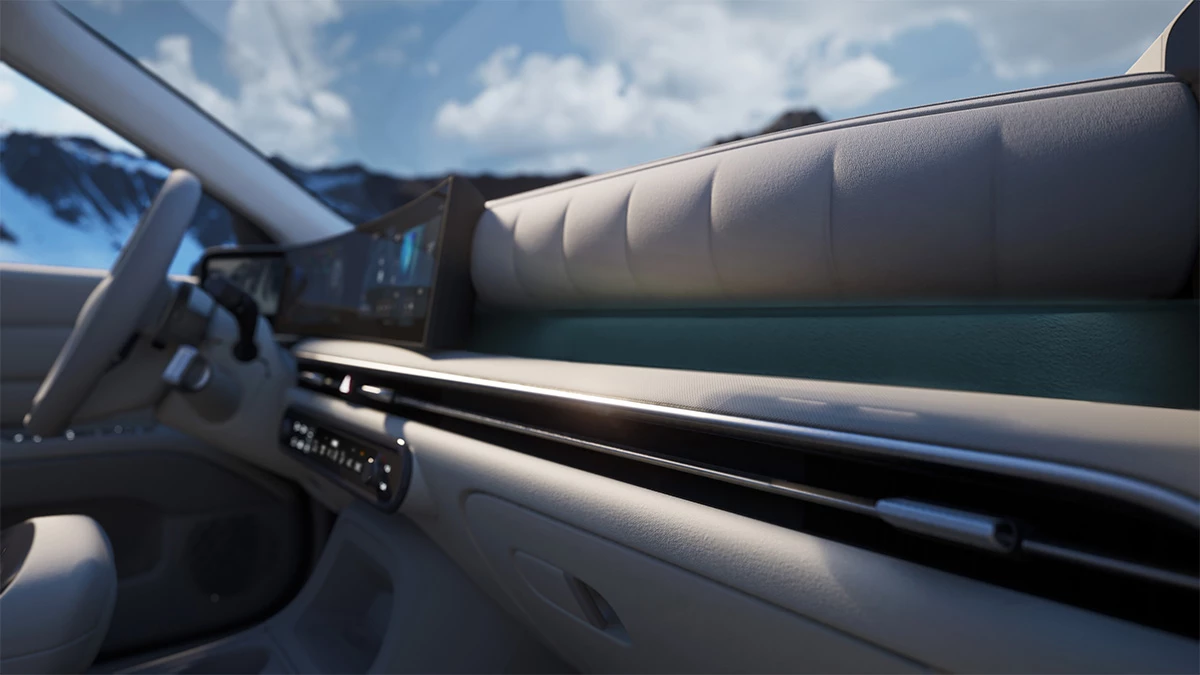Hyundai has just shown off its second-generation Nexo SUV in South Korea, which gets all-new styling, increased range, and towing capability – a first in the fuel-cell electric vehicle (FCEV) category.
It's strange to think the company has been making the hydrogen-powered Nexo since 2018. This updated model gets 435 miles (700 km) of range from just 5 minutes of top-up time. That's up from the 2023 Nexo's 414 miles (666 km). It's also more powerful, with the drivetrain delivering 255 hp, or 74 hp more than the last model; that gets it from 0-60 mph (0-100 km/h) in 7.8 seconds.
I really like the futuristic styling updates, most prominently visible in the front fascia and lighting. That includes slim rectangular headlamps on either side of the brand's signature 4-dot lights.
The cabin is nicely appointed with fully reclining seats fitted with leg rests up front. There's a driver-focused 12-inch display, dual wireless charging pads for your phones, digital center mirror and side mirrors, and front and rear dash cams. It's also jam-packed with driving assistance features.

The new Nexo is taller and wider this time around with nearly 1,000 liters of luggage space, and increased headroom and legroom in the second row. It can also tow up to a ton of cargo or a small trailer.

That's all well and good, but I'm curious as to how Hyundai sees its FCEV business shaping up as battery electric vehicles continue to take hold of the auto market worldwide. In the US, there are basically three models available from Honda, Toyota, and Hyundai, and less than 60 hydrogen fueling stations – all of which are in California.
Plus, Hyundai has saddled itself with the promise of subsidizing your fueling for up to US$15,000 in credits over six years of ownership. And speaking of fueling, you'll want to carefully plan your trips to juice up, because each station can only accommodate up to five cars before going offline for half an hour to repressurize.

Things are a bit better in South Korea, which is about a quarter the size of the Golden State – it's said to have 400 fueling stations dotting the country, and plans to expand to 1,200 stations by 2040. However, the current lot don't always work well, with a September 2024 report highlighting breakdowns in nearly half of the existing stations since 2022, and more than a thousand days of downtime in the previous three years.
The outgoing Nexo cost about $62,000, and I imagine the new model will cost at least that much. That means it will be up against loads of electric and gas-powered luxury SUVs worth considering – including the Volvo EX30, the Genesis GV80, Cadillac Lyriq, and even Hyundai's own EV9. So you've really gotta love the idea of a hydrogen-powered ride before committing to this. Props to Hyundai for championing this tech, but it seems like it's got a difficult road ahead in keeping it alive.
Source: Hyundai




